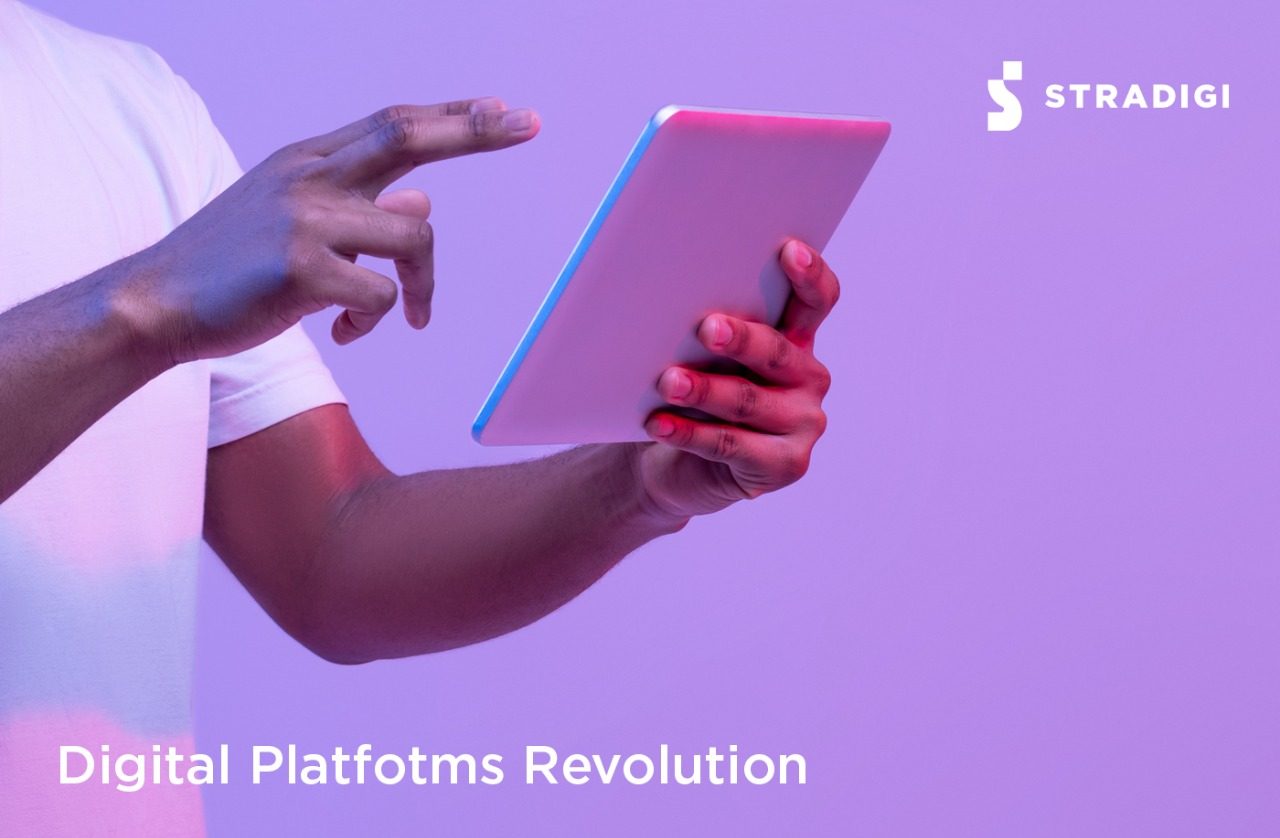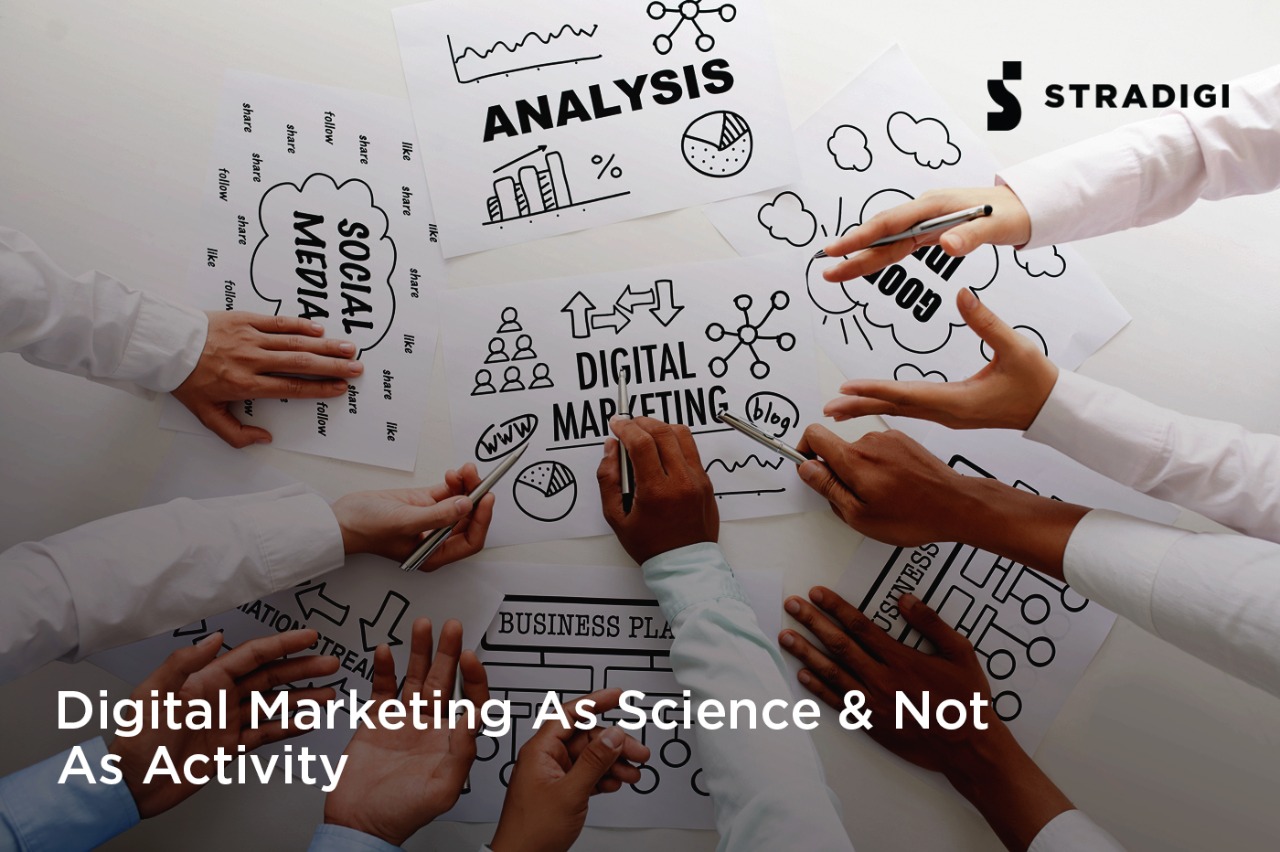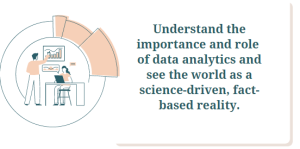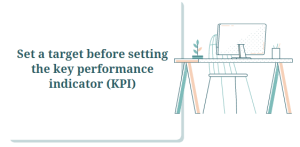Digital Platforms Revolution
The digital platform revolution has ushered in a new era of doing business. From firms that own and control their resources to firms that manage and orchestrate them, technological change has revolutionized production, connectivity, and distribution. A key feature of this revolution is the digital platform – an online intermediary that links producers, consumers, and service providers, and takes advantage of its reach and network.
Fuelled by cost reductions in the storage and manipulation of data, this impressive rise of digital platforms is taking over a number of brick and mortar business activities, blurring the lines between the physical and the digital world.
Digital Platforms: What do they do?
The digital platform can generally be defined as:
“A business based on enabling value-creating interactions between external producers and consumers. The platform provides an open, participative infrastructure for these interactions and sets governance conditions for them. The platform’s overarching purpose: to consummate matches among users and facilitate the exchange of goods, services or social currency, thereby enabling value creation for all participants.”
While platforms provide a wide range of services, most of them offer two crucial benefits to their users, be they individuals or SMEs. They reduce search costs by facilitating matchmaking in one place at one time, and they save on shared costs for both buyers and sellers by providing an infrastructure for transactions. They also enhance the efficiency of market and resource allocation through continuous gathering and processing of data.
Types of platforms

Digital platforms operate in distinct ways, attract various customers and create various types of values and exchanges. Every interaction involves three types of exchange: information, goods or services, and some form of payment (monetary or non-monetary). There are four different drivers for their business models: customers, inventory, value, and access.
Business-to-business or business-to-consumer
Different platform business models cater to different customers. There are business customers, captured through business-to-business (B2B) transactions, and individual customers, captured through business-to-consumer (B2C) transactions. This difference in turn affects platform design and operation.
B2C transactions tend to be stand-alone purchases and are less labor-intensive, allowing platforms to capitalize on the one-size-fits-all approach in the checkout process and across different product groups. The seller sends the product directly to the buyer via express delivery or postal parcel, as part of an ecosystem that includes e-commerce platforms, e-payment providers, and delivery services. This model presents challenges for regulators, particularly customs authorities, in handling the growing number of high frequency, low-value items traded across borders.
With B2B transactions, which tend to be larger than B2C, the risks are bigger. Transactions levels are often higher, customers may have more specific expectations and be more demanding, and the process may involve a number of people in the decision-making. This calls for more communication to tailor the purchase to the customer’s requirements, making a one-size-fits-all approach less useful. B2B platforms thus focus much more on providing straightforward, useful information and more finely honed customer service.
Global B2B e-commerce, of which platforms are an integral part, is almost eight times as large as B2C. More than half of international trade in services is in intermediate services (B2B), as opposed to final services (B2C). Moreover, global B2B e-commerce typically happens within, and in relation to, value chains, and is affected by compliance with the relevant technical requirements and associated governance structures, The enterprises involved in these transactions tend to be larger in size, such as online retailers selling medical equipment to hospitals. Developing countries – and their SEMs – generally have less access to the more lucrative B2B.
Marketplace or inventory based
Platforms are usually based on the marketplace model or the inventory-based model. In the former, the platform acts as a facilitator for multiple retail companies, each managing its own inventory, while the platform itself owns none. In the latter – Amazon being a prominent example – the platform acts as both a facilitator and a vendor. It manages its own inventory, making use of economies of scale and dispatching orders directly to customers, while also allowing other firms to participate. There is, however, a potential threat to the latter model: platforms can behave in a non-competitive way. Since the platform sets the rules of engagement with businesses and customers and sells its own inventory, it can do so in its own interest, which may not always coincide with that of other sellers and buyers.
Wide-ranging exchanges
Many types of value units can be exchanged on platforms:
- Services (on such platforms as Uber, Airbnb, and UpWork)
- Product marketplaces (Amazon and eBay)
- Payments (PayPal and WeChat Pay)
- Investments (Kickstarter and Crowcube)
- Communications (WhatsApp and Skype)
- Social interactions (Facebook and LinkedIn)
- Software and application development (operating systems and application stores)
- User content (YouTube and Twitter)
- General search (Google and Bing)
- Social gaming
Platforms can expand their domain, modifying the value unit that they offer and the activities that support what they offer.
Free or fee-based
While digital platforms are increasingly offering free access to their users, there remain at least some features that are provided only to those who subscribe and pay fees. Shopify, for instance, allows only its paying subscribers to list their products on its e-commerce platform, track delivery, and receive payments. Gumroad and Big Cartel are free-based niche platforms allowing artists to sell their products and offer other services, such as business and market analysis.
Ask for more from HERE
REFERENCES
- Kaplan, A. M. (2015). Social media, the digital revolution, and the business of media. International Journal on Media Management, 17(4), 197-199.
- Bresciani, S., Ferraris, A., Huarng, K. H., & Malhotra, A. (2021). Digital transformation as a springboard for product, process and business model innovation. Journal of Business Research, 128, 204-210.



